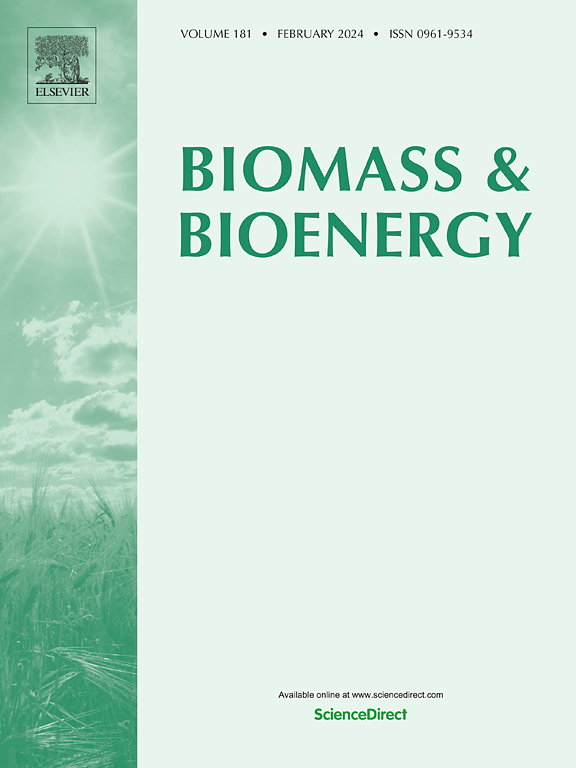Optimizing lipid production in oleaginous yeasts for sustainable bioenergy: A review of process parameters, cultivation strategies, and machine learning integration
IF 5.8
2区 生物学
Q1 AGRICULTURAL ENGINEERING
引用次数: 0
Abstract
The depletion of petroleum reserves has intensified the global pursuit of renewable and sustainable alternative fuels. Single-cell oils (SCOs), produced by microorganisms, have emerged as a promising substitute for traditional fossil fuels and other biological sources owing to their renewability, environmental sustainability, energy efficiency, versatility, and potential to reduce carbon emissions and the reliance on finite resources, all while fostering economic growth and innovation. Among the different microbial sources, oleaginous yeasts are particularly notable for their ability to efficiently synthesize lipids. This review examines the key factors influencing lipid synthesis in yeasts, including carbon sources, carbon-to-nitrogen ratio (C/N), nitrogen sources, aeration rate, agitation speed, pH, and temperature. It also explores the various cultivation strategies, such as batch, sequencing batch, fed-batch, and continuous modes, as well as advanced configurations like two-stage batch configuration and two-stage configuration with feed supply, analyzing their respective advantages and limitations. Lastly, the current trend, that is, the application of machine learning in enhancing lipid productivity has been discussed. This review comprehensively summarizes the overall research implications, and seeks to serve as a compendium on lipid production in oleaginous yeasts that also includes the recommendations for future progress in the field.

求助全文
约1分钟内获得全文
求助全文
来源期刊

Biomass & Bioenergy
工程技术-能源与燃料
CiteScore
11.50
自引率
3.30%
发文量
258
审稿时长
60 days
期刊介绍:
Biomass & Bioenergy is an international journal publishing original research papers and short communications, review articles and case studies on biological resources, chemical and biological processes, and biomass products for new renewable sources of energy and materials.
The scope of the journal extends to the environmental, management and economic aspects of biomass and bioenergy.
Key areas covered by the journal:
• Biomass: sources, energy crop production processes, genetic improvements, composition. Please note that research on these biomass subjects must be linked directly to bioenergy generation.
• Biological Residues: residues/rests from agricultural production, forestry and plantations (palm, sugar etc), processing industries, and municipal sources (MSW). Papers on the use of biomass residues through innovative processes/technological novelty and/or consideration of feedstock/system sustainability (or unsustainability) are welcomed. However waste treatment processes and pollution control or mitigation which are only tangentially related to bioenergy are not in the scope of the journal, as they are more suited to publications in the environmental arena. Papers that describe conventional waste streams (ie well described in existing literature) that do not empirically address ''new'' added value from the process are not suitable for submission to the journal.
• Bioenergy Processes: fermentations, thermochemical conversions, liquid and gaseous fuels, and petrochemical substitutes
• Bioenergy Utilization: direct combustion, gasification, electricity production, chemical processes, and by-product remediation
• Biomass and the Environment: carbon cycle, the net energy efficiency of bioenergy systems, assessment of sustainability, and biodiversity issues.
 求助内容:
求助内容: 应助结果提醒方式:
应助结果提醒方式:


